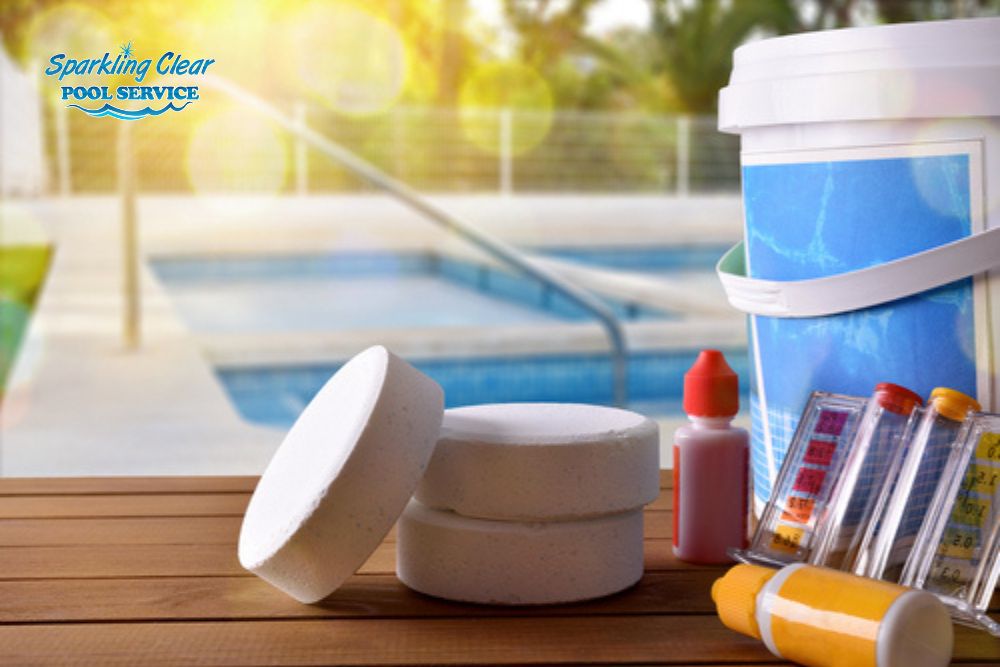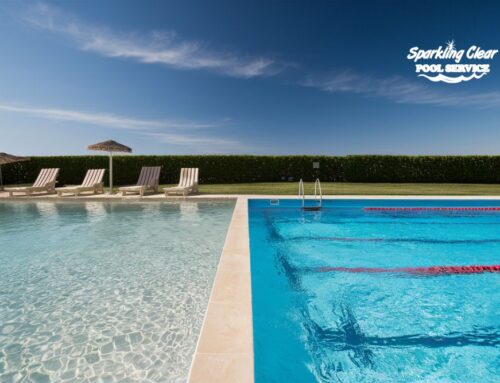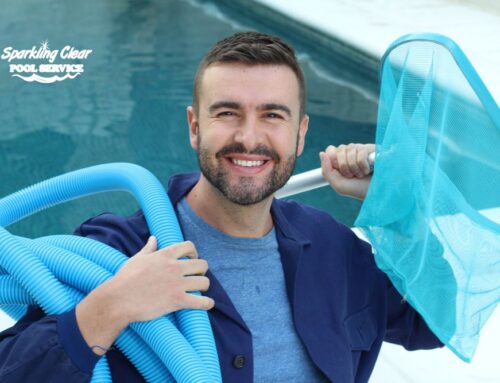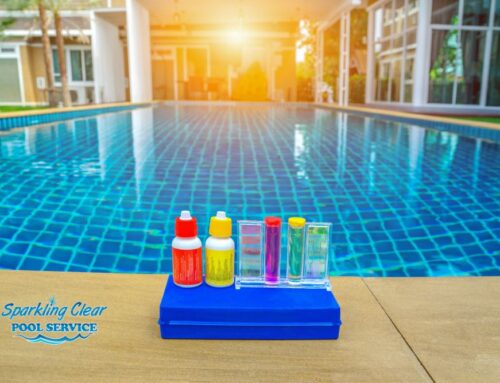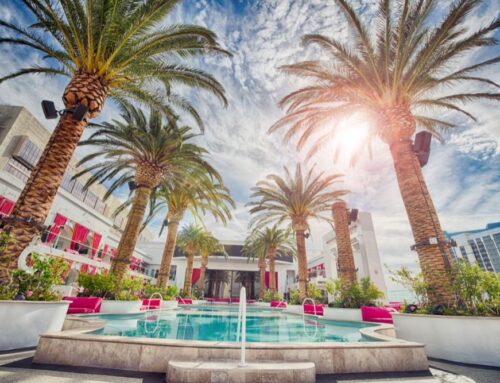Maintaining a pristine swimming pool in the hot Texas climate can be challenging. One crucial aspect of pool maintenance is balancing pool chemicals. Properly balanced chemicals ensure not only sparkling clear water but also safeguard the health of swimmers. Keep reading to learn the essential steps to maintain the chemical equilibrium of your pool, tailored to the specific conditions found in Texas.
Types of Safety Swimming Pool Covers
Before delving into the intricacies of balancing pool chemicals, it’s vital to understand the importance of safe swimming pool covers. They are pivotal in preserving water quality and protecting your pool during the off-season. Here are some types of safety swimming pool covers to consider:
- Solid Woven Pool Covers
These covers provide a complete barrier, preventing debris and sunlight from entering the pool. They are excellent for winterizing and protecting your pool in Texas. - Mesh Pool Covers
Mesh covers allow water to pass through while blocking larger debris. They balance protection and allow sunlight and air exchange, making them suitable for milder Texas climates. - Leaf Catcher
This additional layer of protection is designed to catch leaves and larger debris on top of your pool cover, making cleanup a breeze. - Safety Covers
These are designed to support a person’s weight, providing an added layer of safety. Safety covers are ideal for families with small children or pets. - Winter Pool Cover Sizing
Choosing the right size of pool cover is crucial. An adequately sized cover ensures proper coverage, preventing debris from entering the pool and simplifying the process of balancing pool chemicals. - Weighing a Winter Pool Cover
Adding weights to your pool cover prevents it from being blown away by strong winds, ensuring it stays securely in place throughout the off-season.
Also read: Why Is pH Balance Important for Your Swimming Pool?
Balancing Pool Chemicals in Texas
Now that you have a solid understanding of pool covers let’s delve into the process of balancing pool chemicals in the unique Texas climate.
- Testing and Adjusting pH Levels
Start by testing the pH levels of your pool water. The ideal range for pH in a pool is between 7.2 and 7.8. Texas’s hot weather can cause rapid pH fluctuations, making regular monitoring and adjustments crucial. - Chlorine and Sanitization
Proper chlorination is essential for killing bacteria and maintaining water clarity. In Texas, where the sun can be relentless, consider using stabilizers to prevent rapid chlorine degradation. - Alkalinity and Calcium Hardness
Alkalinity levels should be maintained between 80 and 120 ppm, while calcium hardness should be between 150 and 250 ppm. These levels ensure stability in pH and prevent corrosion of pool equipment. - Shocking the Pool
Shock treatments are essential, especially after heavy pool usage or during periods of high temperatures. Texas summers can lead to increased contaminants, making regular shock treatments vital. - Routine Maintenance and Monitoring
It is important to clean filters, skimmers, and baskets regularly to ensure that water is circulating and being appropriately filtered. This will help to maintain the cleanliness of your pool or spa and keep it in good condition. Monitor chemical levels and adjust as needed to keep your pool balanced.
Keep Your Pool Crystal-Clear All Year Round with These Tips
Due to the unique climate, balancing pool chemicals in Texas requires a tailored approach. By following these steps and utilizing the right safety pool covers, you’ll be well on your way to enjoying a crystal-clear pool all year round. Happy swimming!
For added assurance, consider investing in Sparkling Clear Pool Service. Our comprehensive coverage ensures that your pool investment is protected against unforeseen events. Contact us today or call us at 214-361-0255 today to learn more about how we can safeguard your pool oasis.

